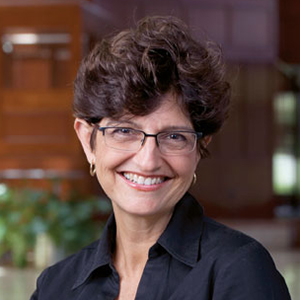The best videographers are great video editors. All your work in the field won’t matter unless you can assemble your shots into a coherent, compelling story. Here are some tips:
- Log all your video shoots to save time in the editing process.
- Log your best shots and your best sound bites so you know exactly what you have. Then use that log to put your story together.
- Use a “straight cut” to say that this shot has a relationship to the next shot, to the next shot, etc.
- A “dissolve” signals that something is changing or something new is happening.
- A “fade to black” tells people something enormous is changing.
- Audio is more important than video when creating a video story. You can get away with weak video, but you can’t get away with bad audio.
- With a split audio and video edit, use J cuts to start audio before video. Or use L cuts to trail audio.
- Review your work. Give it some time, go back and look at it, and get someone else to look at it. Critique sessions will improve your work.
Taken from 100 Ideas to Make Your Journalism Better, a webinar replay at Poynter NewsU.
Have you missed a Coffee Break Course? Here’s our complete lineup. Or follow along on Twitter at #coffeebreakcourse.







